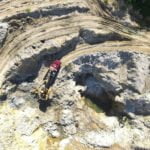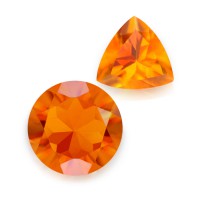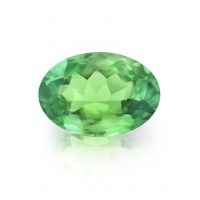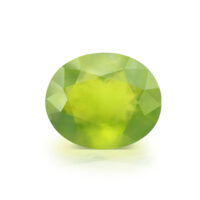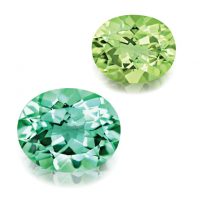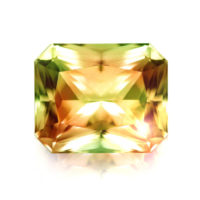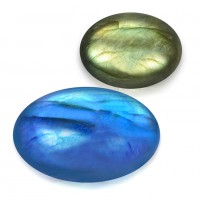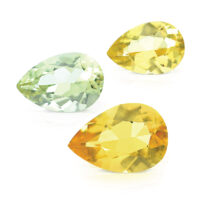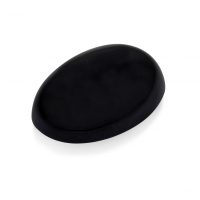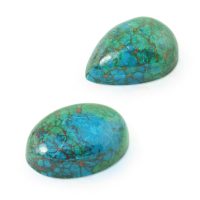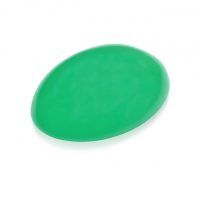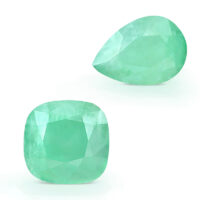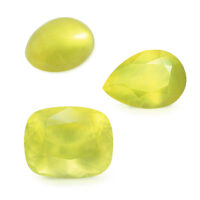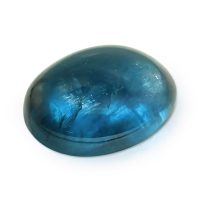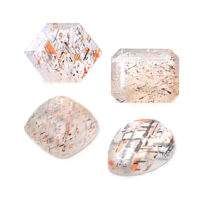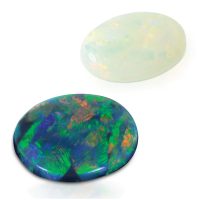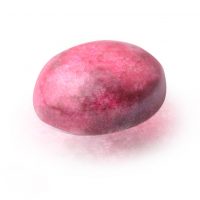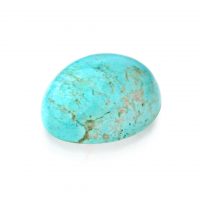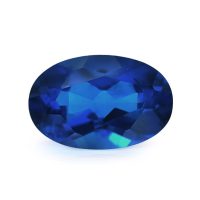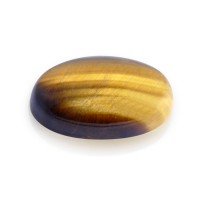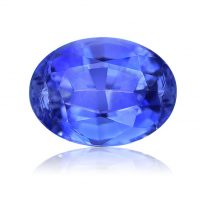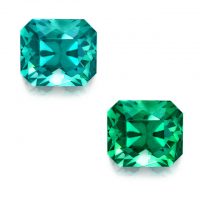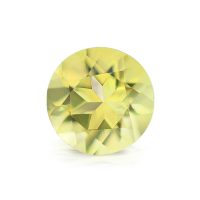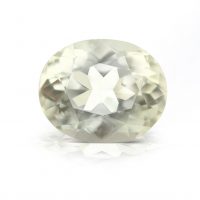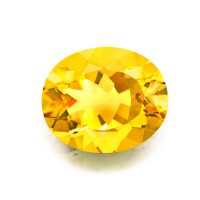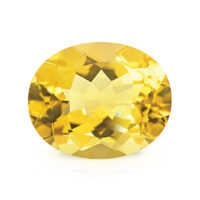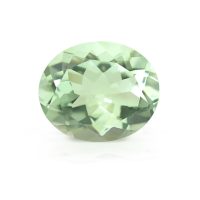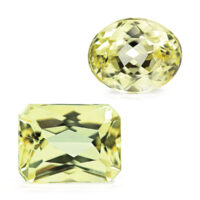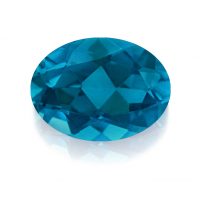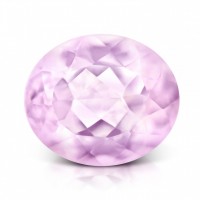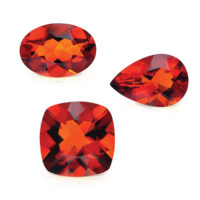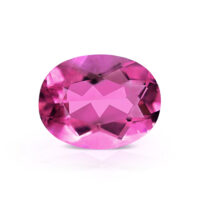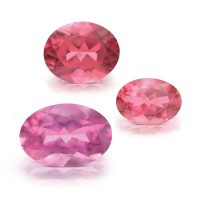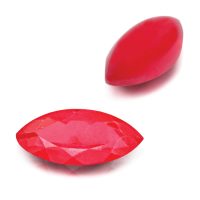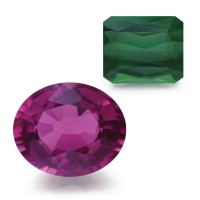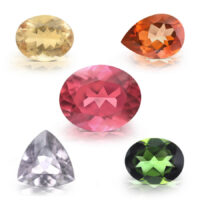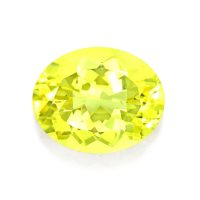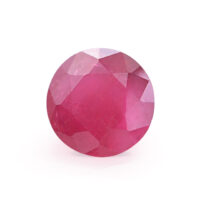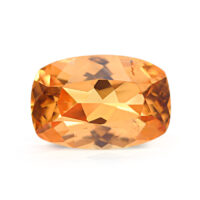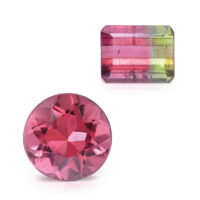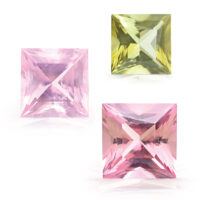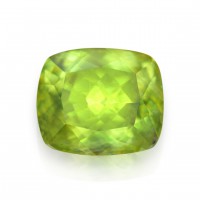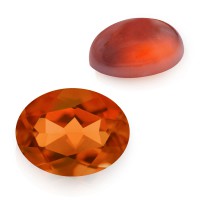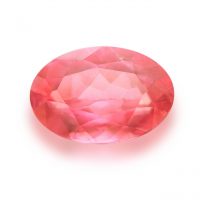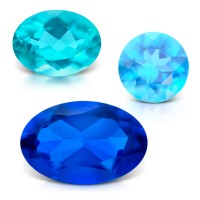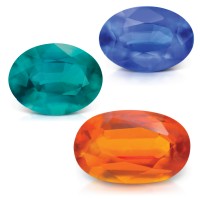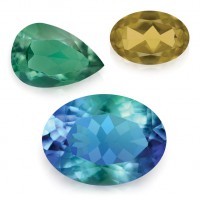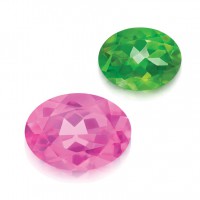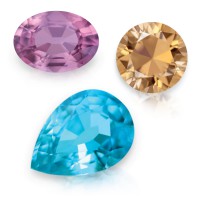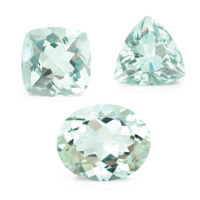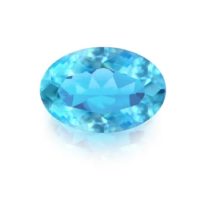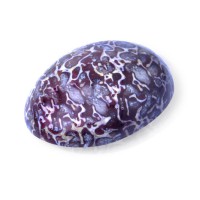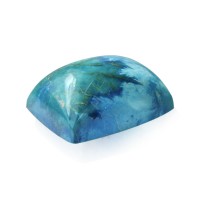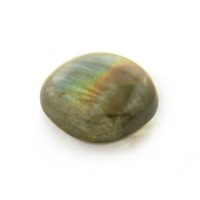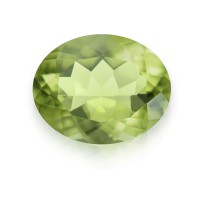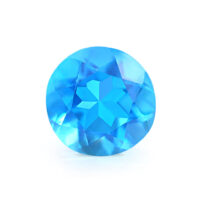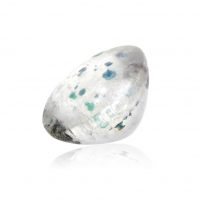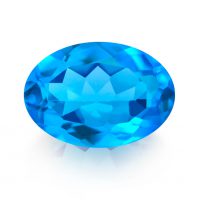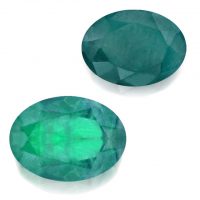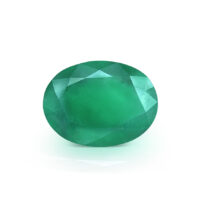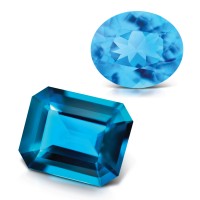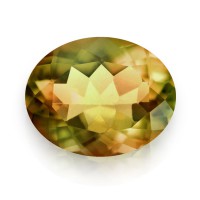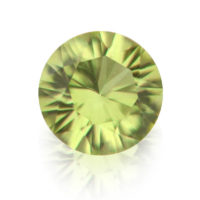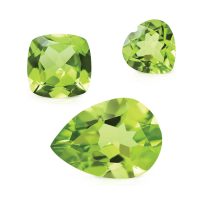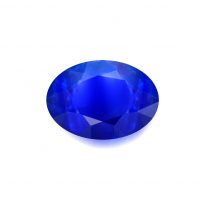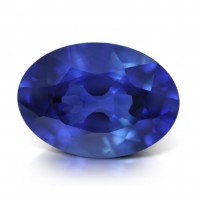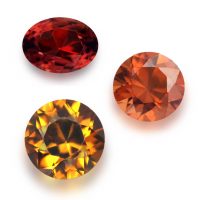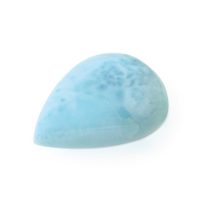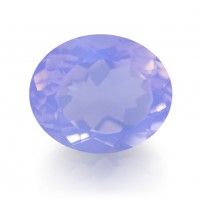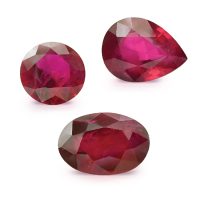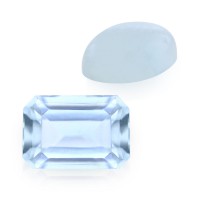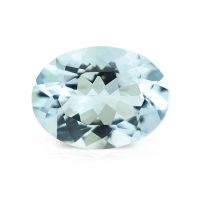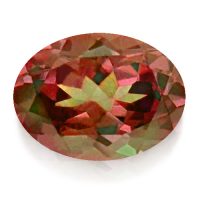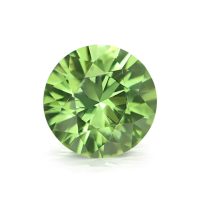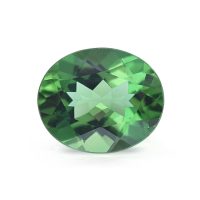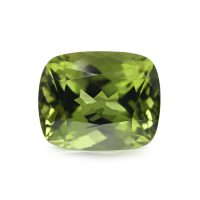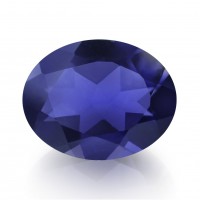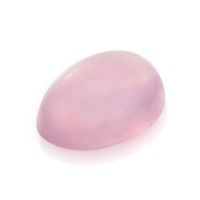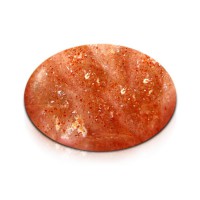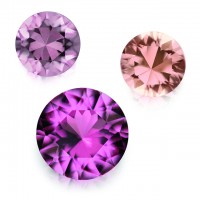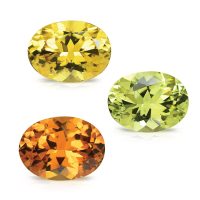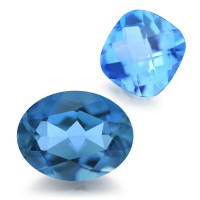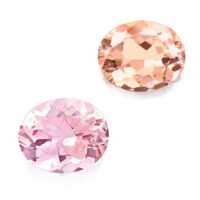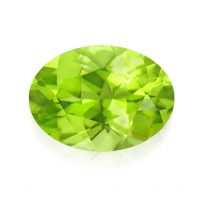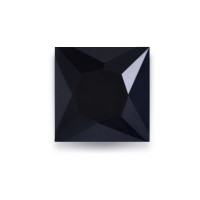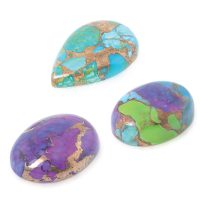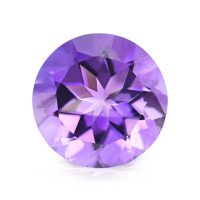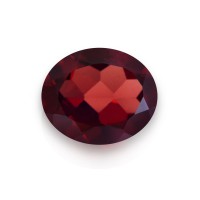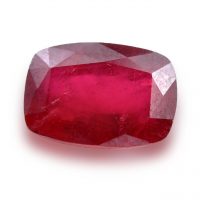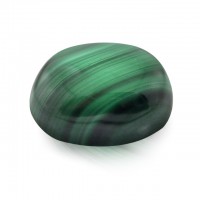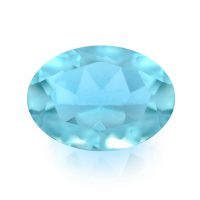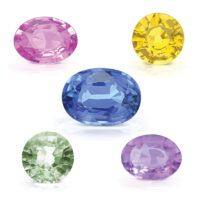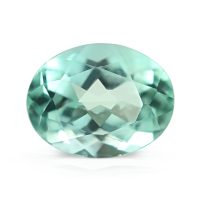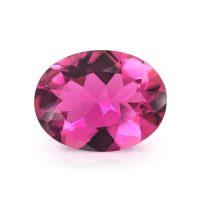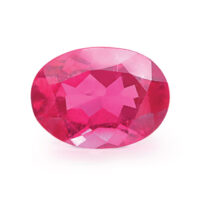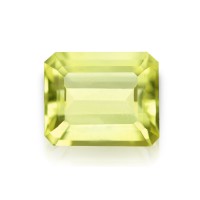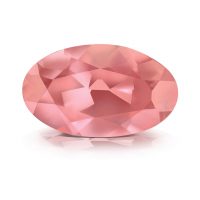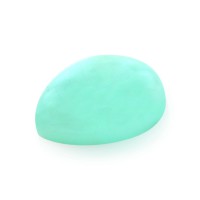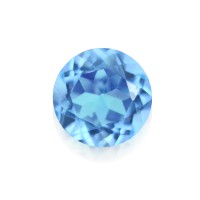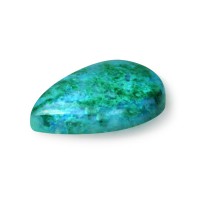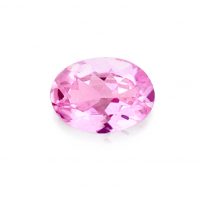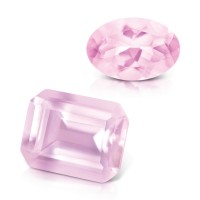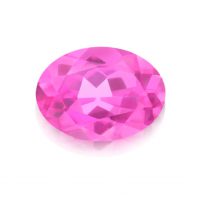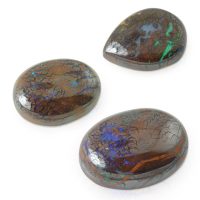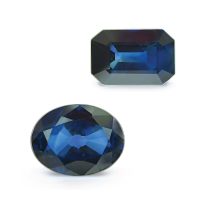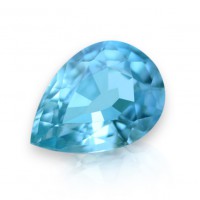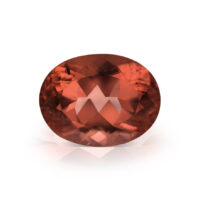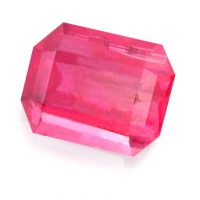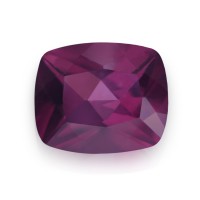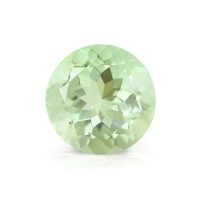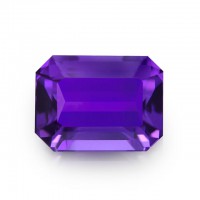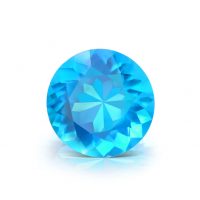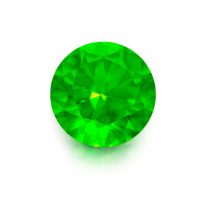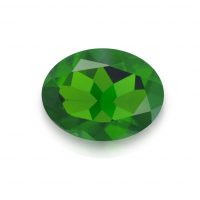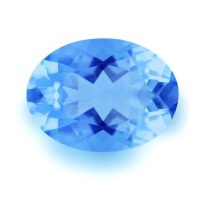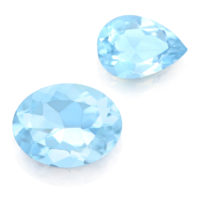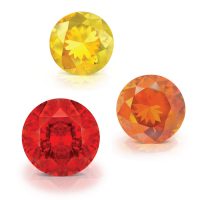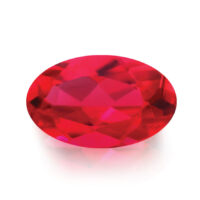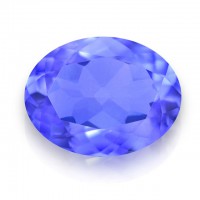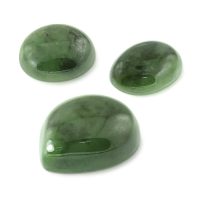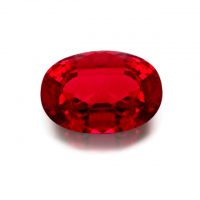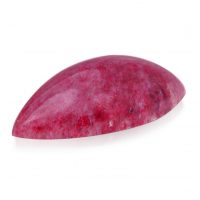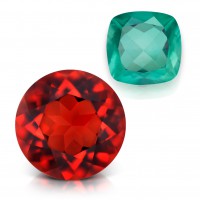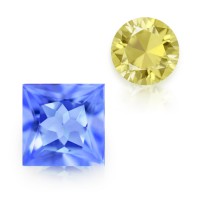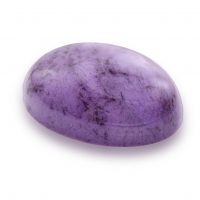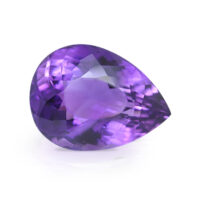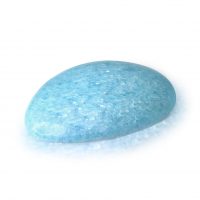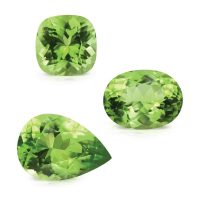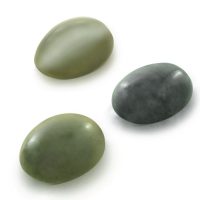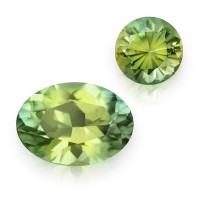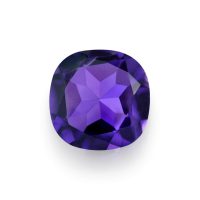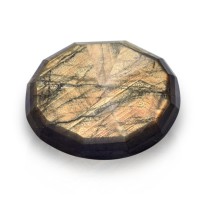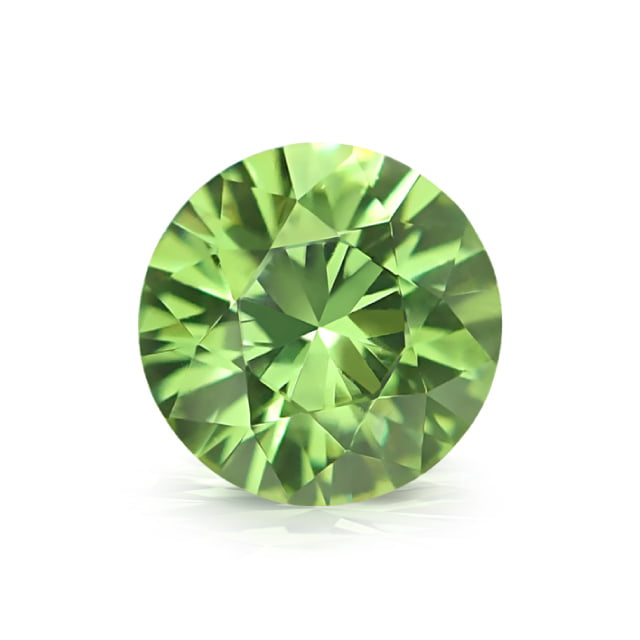

First among fiery jewelry gems, Madagascan Demantoid’s a ‘new’ classic gemstone with storied provenance, eye-catching beauty, pinnacle value, and undeniable exclusivity. More fire than diamond, and far scarcer, Madagascan Demantoid are brilliant, verdant-ocean Garnets exclusive to a single remote mine in Madagascar, home to some of earth’s greatest gemological discoveries. A truly ‘green’ gem, Madagascan Demantoid is ethically and sustainably mined and cut in Madagascar, with authentic mine-to-market chain of custody and value. Beautiful color, signature ‘diamond-like’ appeal, wear-ability, and genuine rarity, makes Madagascan Demantoid a highly-coveted jewelry gemstone.
Hardness 6.5 - 7
Refractive Index 1.888
Relative Density 3.70 - 4.10
Enhancement None
Beauty
When Demantoid first hit the jewelry marketplace its spectacular beauty secured its popularity. Madagascan Demantoid displays bright, ‘ocean-greens’ with no undesirable brown or yellow secondary tones, in a highly-prized medium saturation (strength of color) and tone (lightness or darkness of color), the marketplace ideal.
Beautiful color aside, Madagascan Demantoid possesses amazing diamond-like optical properties that significantly contribute to beauty: adamantine luster (diamond-like luster, beautifully reflecting a high percentage of surface light, and the highest non-metallic luster); excellent brilliance and transparency; extreme scintillation (sparkle or play of light); and fire greater than Diamonds (dispersion, splitting of light into its component colors). Boosting both beauty and value, fantastic fire results in exceptionally brilliant gemstones with a spectacular brightness. Demantoid’s the world’s second most dispersive gemstone, with the highest fire of all Garnets. While all gemstones of a large size exhibit fire, Sphalerite (0.156) is the world’s most dispersive gemstone, followed by Demantoid (0.057), Cerussite (0.055), Sphene (0.051), Diamond (0.044) and Zircon (0.039). While Sphalerite has almost three times more fire than Demantoid, as an exotic gemstone, restricted to specialist collections, Sphalerite (and Cerussite) aren’t included on most lists. Perfect for jewelry, Demantoid ranks first among the most dispersive jewelry gemstones.
While Demantoid is classified by the Gemological Institute of America as a Type II gemstone (some minor inclusions that may be eye-visible), the marketplace ideal is eye-clean, the highest quality clarity grade for colored gemstones as determined by the world’s leading gemological laboratories. Demantoid’s signature, fiery brilliance is dependent on optimal lapidary. Ethically adding value domestically, Madagascan Demantoid is optimally precision-faceted by experienced Malagasy lapidaries to leading international standards. Employing high quality, diamond-lapidary techniques, these cutters craft truly beautiful gemstones that maximize colorful brilliance and scintillation, maintaining an eye-clean clarity, high-polish/luster, as well as an attractive overall appearance (outline, profile, proportions and shape). While Madagascan Demantoid is usually faceted as round brilliants or cushion cuts, other shapes are also available.
January’s birthstone, Garnets are similar crystals with diverse compositions, giving each type different colors and properties. Coming in blues, chocolates, greens, oranges, pinks, purples, reds and yellows, Garnet’s name is derived from the Latin ‘granatus’ (from ‘granum’, which means ‘seed’), due to some Garnets’ resemblance to pomegranate seeds. Demantoid and the Grossular Garnet, Tsavorite are the two green varieties of the Garnet family. Demantoid was discovered (1849) and named (1855) by Dr. Nils Gustaf Nordenskjöld, the same gemologist who identified Alexandrite. Dr. Nordenskjöld took its name from the old German ‘demant’ (diamond-like), in reference to Demantoid’s optical properties. Due to color similarities, Demantoid was originally assumed to be Emerald and then mistakenly sold as Chrysolite. From the Greek for ‘golden stone’, Chrysolite is the old name for Peridot. While Dr. Nordenskjöld undoubtedly made a correct species determination, this gem originally had several common and incorrect names in the early days of its discovery. These include Bobrovka Garnet, Siberian Chrysolite, Ural Chrysolite, Ural Pearls and Uralian Emerald. In 1871 Russian mineralogist V. P. Yeremeev confirmed Demantoid to be the green variety of Andradite. Andradite Garnet is named after Brazilian statesman José Bonifácio de Andrada e Silva (1763-1838), the first geologist to give it a description. Generally shades of orange-brown (cognac chocolate oranges), Andradite gets it’s many colors from the replacement of iron by aluminum and chromium and the replacement of calcium by iron, magnesium and manganese. Its colors include black, brown, colorless, green, gray, orange, red and yellow. Black Andradite is called Melanite (from the Greek ‘melanos’ meaning black, it was historically used for mourning jewelry), Yellow Andradite is called Topazolite (named for its visual similarity to Yellow Topaz), and Green Andradite is known as Demantoid. Andradite sources include Afghanistan, Iran, Italy, Madagascar, Mozambique, Namibia, Pakistan, Russia, Sri Lanka, the USA, Uganda and Zaire. Like Emeralds, Demantoid is colored by chromium and iron, ranging in color from bright green (forest greens) and yellowish green (grass greens) to yellow-green (savannah or canary greens), although bluish greens and greyish greens are sometimes encountered in Africa. Iron causes yellow in Andradite, but when the iron is substituted by chromium (the Midas element that gives so many gemstones their signature hues), it appears as various shades of green. If there is any iron remaining in the Demantoid it will appear yellowish or yellow green. Used in adornment for over 5,000 years, Garnets were popular in ancient Egypt from around 3100 BC, being used as beads in necklaces as well as inlaid jewelry (gems set into a surface in a decorative pattern). Garnet’s many myths frequently portray it as a symbol of light, faith, truth, chivalry, loyalty and honesty. In Judaism, a Garnet is said to have illuminated Noah’s Ark and Garnet (carbuncle) was also one of the gems in the ‘breastplate of judgment’ (Exodus 28:15-30), the impetus for birthstones in Western culture. Crusaders considered Garnet so symbolic of Christ’s sacrifice that they set them into their armor for protection. In Islam, Garnets illuminate the fourth heaven, while for Norsemen, they guide the way to Valhalla. A Grimm’s fairy-tale even tells of an old lady, who upon rescuing an injured bird was rewarded for her kindness with a Garnet that glowed, illuminating the night.
Rarity
Demantoid’s original source was in Russia’s central Urals in primary (host rock) and secondary (alluvial) deposits along the Bobrovka River and the Sissersk District, including the famed Kladovka deposit, one of the original finds still being worked today. An important gemstone in high-end Victorian jewelry, Demantoid had its greatest impact in its homeland of Imperial Russia. Quickly becoming a mainstay of the Tsar’s court jewelers in the late 19th to early 20th centuries, Demantoid was a favorite of famous Russian goldsmith, Peter Carl Fabergé. Demantoid might have been the ‘Tsar’ of Russian jewelry, but its dominion also spread much further afield; it was a big hit with early French fashionistas and even the legendary George Frederick Kunz (chief gemologist for Tiffany & Co.) travelled to Russia to purchase Demantoid. During the Soviet era, without supply, demand eventually dwindled, and a once popular gem was relegated to history’s sidelines. While the fall of the Soviet Union saw many of the original deposits in Russia’s central Urals reworked, new Russian Demantoid deposits were discovered in the 90s including Karkodino, Kamchatka, Chukotka and several other small deposits in the Novouralsk region. Demantoid is also mined in Iran, Italy, Madagascar and Namibia.
While Demantoid mining began in Namibia in 1993 (most of the claims lying west of the Erongo Mountains in the Namib Desert), the exact date of its discovery remains a mystery, though it was most likely during German colonization. A Namibian Demantoid specimen dated 1936 is in the collection of the British Museum. Namibian Demantoid has less chromium (but more vanadium) than its Russian cousins. Discovered in the early 70s, Demantoid is also found in northern Italy and, since 2002, ‘Persian’ Demantoid unearthed near Soghan in the Baft District of Iran’s Kerman Province, has sporadically appeared in the marketplace.
Madagascan Demantoid hails from a deposit near the village of Antetezambato, about 20 kilometers northeast of Ambanja on Madagascar’s remote northern shore line. First identified in 1922, Madagascan Demantoid was only rediscovered and mined since March, 2009. Madagascan Demantoid’s rarity is accentuated by a difficult mining terrain, boggy mangroves.
In 2017, Prosperity Earth LLC, an ethical and environmental mine-to-market operation, secured the exclusive mining rights to this deposit, opening the ‘Prosperity Demantoid Mine’. Madagascan Demantoid directly contributes to the betterment of its Madagascan community and environment, through social projects and clean mining. Previously worked by unorganized and largely unregulated artisanal miners, Prosperity Earth LLC have applied a much needed consistent, ethical, environmental, modern, professional, sustainable, and systematic approach to the mining and lapidary of one of the world’s rarest gems. Interestingly, their geologist is the esteemed, Dr. Federico Pezzotta (Museo Civico di Storia Naturale, Milan, Italy), who had Pezzottaite named after him in September 2003, in recognition of his contributions to the mineralogy of Madagascar.
Aside from its quality and unique beauty, Madagascan Demantoid’s most important attribute is that it’s totally natural and unenhanced, accentuating desirability, rarity, and value.
Durability & Care
Madagascan Demantoid (Mohs’ Hardness: 6.5 – 7) is an excellent choice for everyday jewelry. Madagascan Demantoid should always be stored carefully to avoid scuffs and scratches. Clean with gentle soap and lukewarm water, scrubbing behind the gem with a very soft toothbrush as necessary. After cleaning, pat dry with a soft towel or chamois cloth.
Map Location
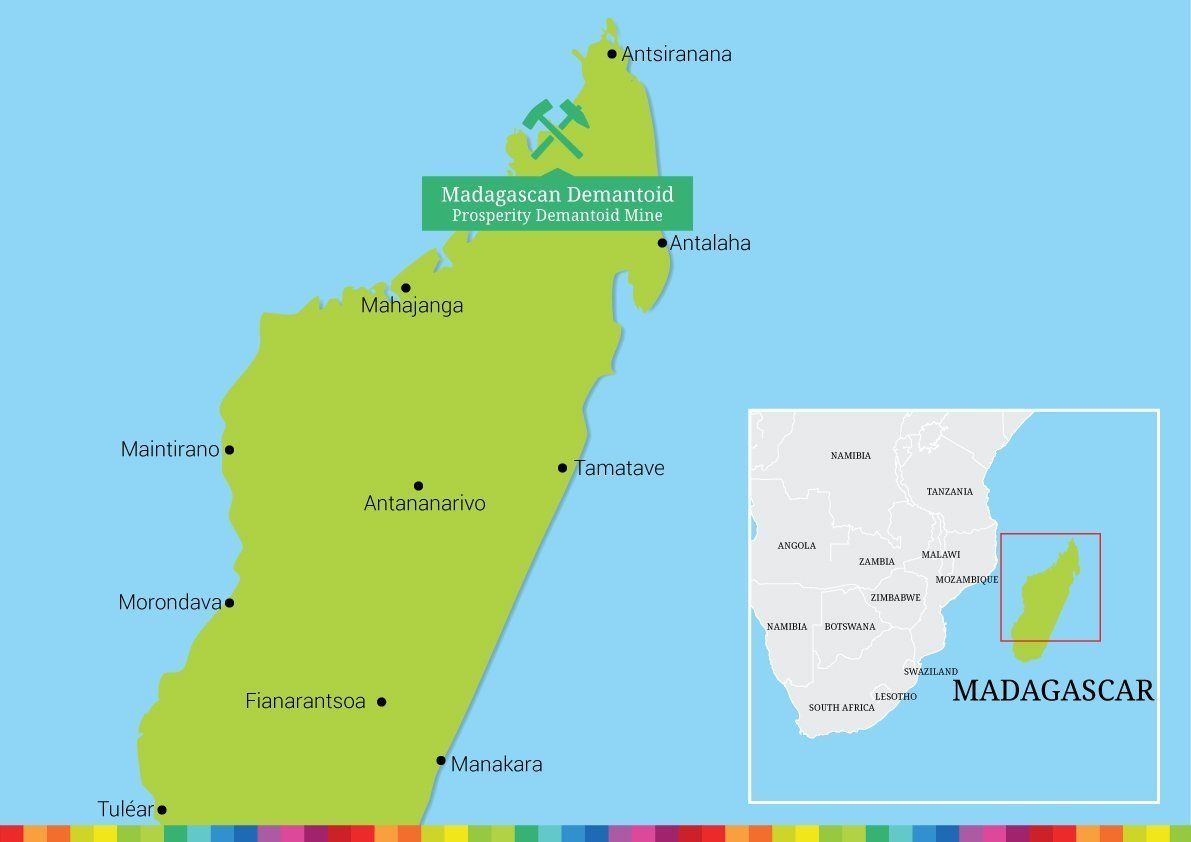
Click map to enlarge























